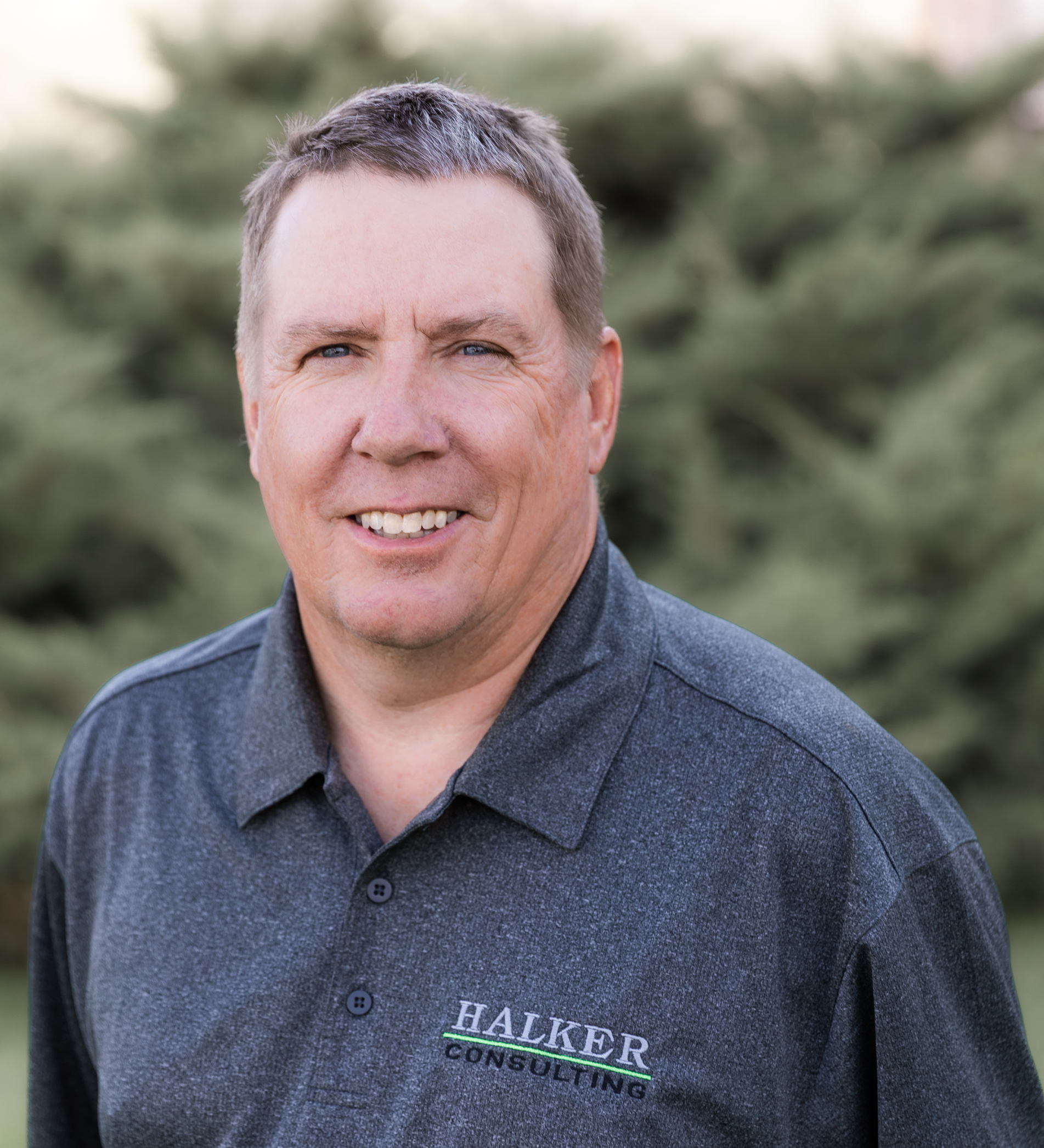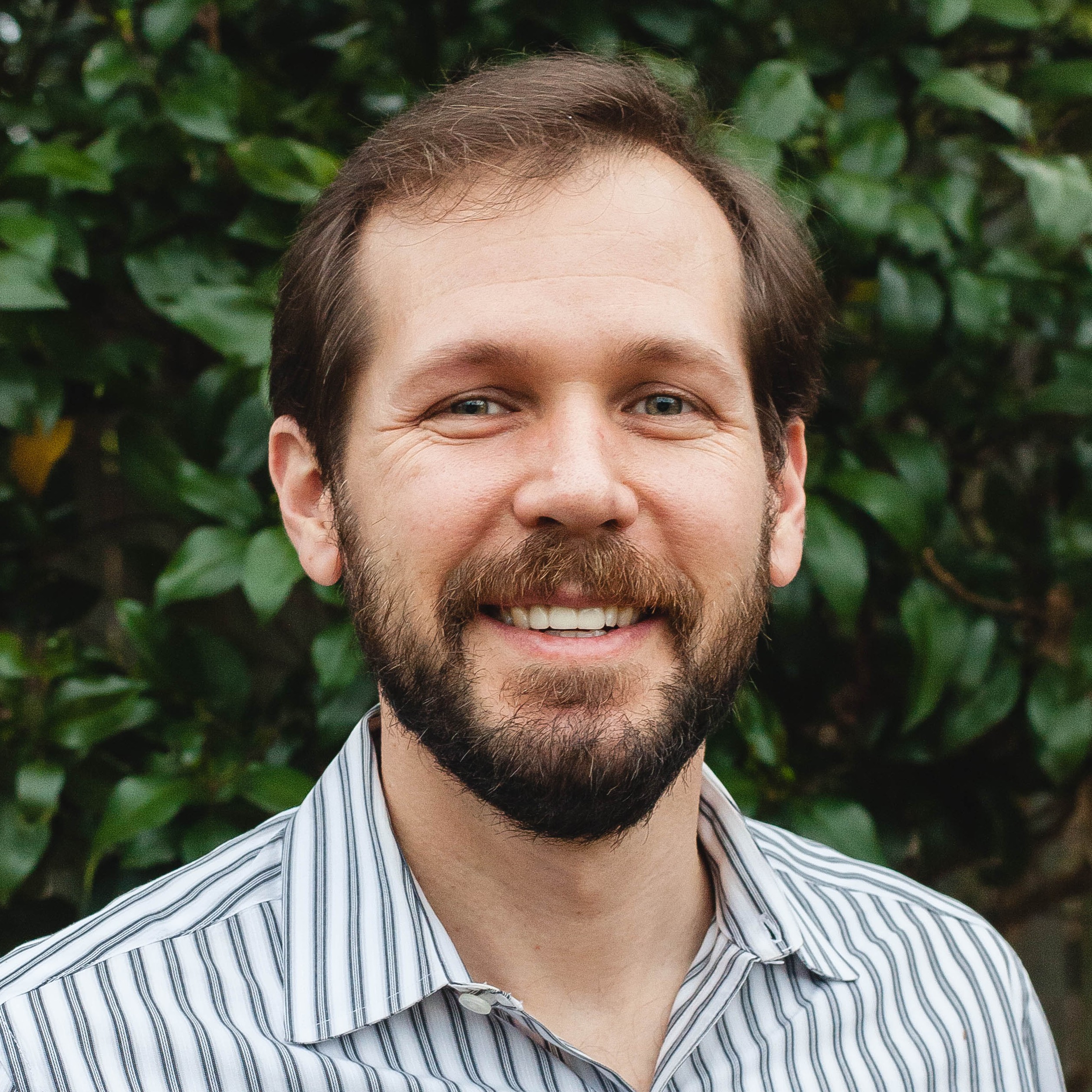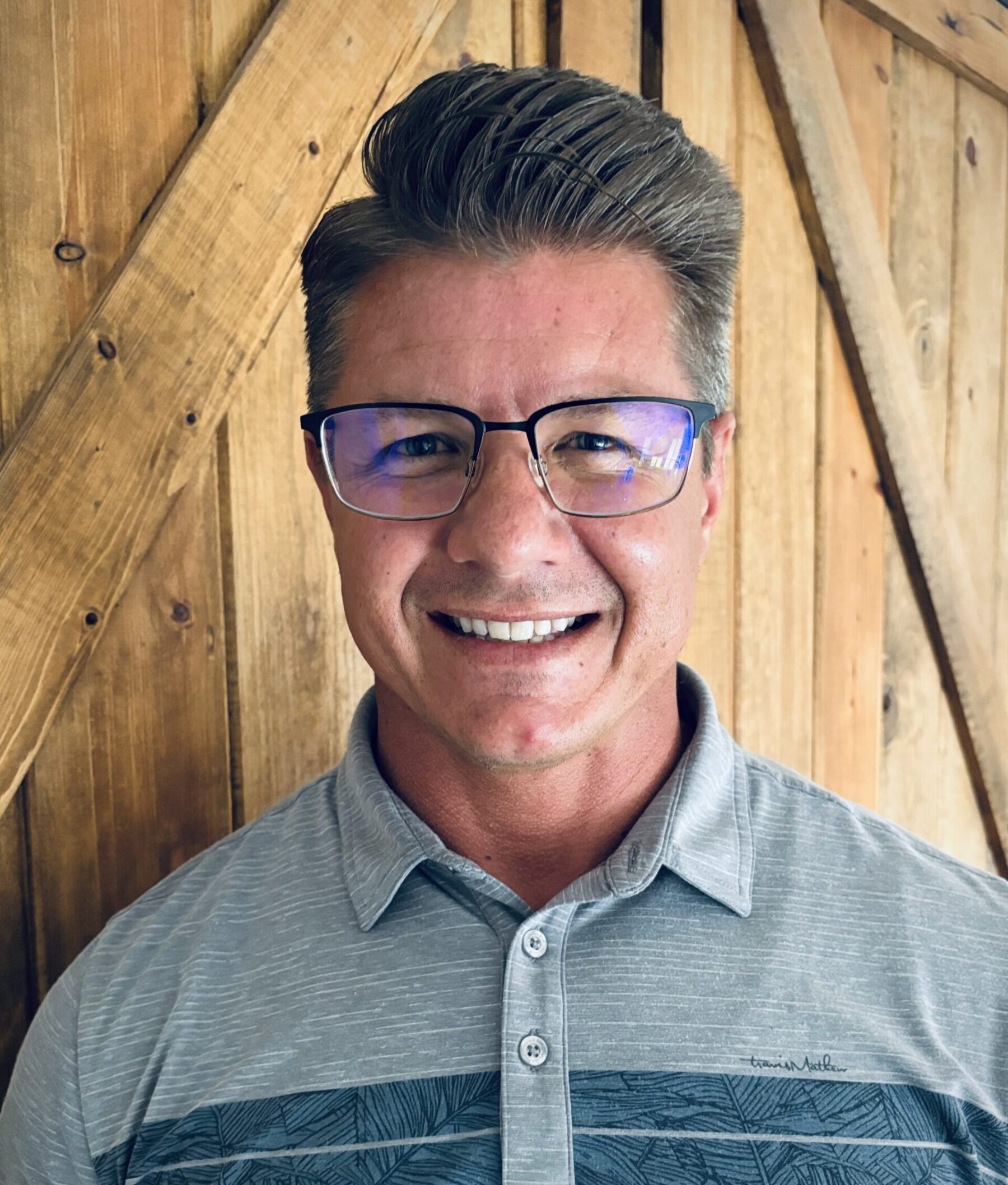Client Challenge:
The widespread adoption of offshore-born approaches by surface well operators in the last several years has been game changing for the U.S. oil and gas industry. These techniques, which include directional drilling and multi-well sites, will likely become the industry standard in the U.S. over the next several years, if they are not at that point already.
But, with these new drilling approaches come new challenges for onshore operators. Multi-well systems are capable of extracting and producing far more oil and gas than the single-well, vertical systems that have been used traditionally, and directional drilling opens up new possibilities for operators in areas that were either too difficult or not economically viable with previously available techniques and equipment. The end result, then, has been a influx of new and expanded wells in U.S. basins and a growing need for engineered solutions to manage, transport and process these new oil and gas products safely and efficiently. Well operators are now partnering with innovative engineering firms to develop their new and existing assets for maximum performance and profit.
In 2012, a leading independent energy company (“The Client”), which explores, develops, and produces crude oil and natural gas in the Western United States, approached Halker Consulting (“Halker”), for help addressing these challenges at its facilities. Specifically, it was facing a rapid expansion in a particularly active part of the country and wanted to take a holistic view of its entire field development program rather than approach each well site individually. Lacking the in-house expertise needed to engineer a solution to this problem, The Client asked Halker to develop a set of facilities standards that could be used at different wells and in different circumstances so that it would not have to reinvent the wheel every time. The resulting system combined a top-down design, a long-term site planning outlook and a modular equipment approach to create a truly one-size-fits-most solution for The Client.
The Solution:
Process Flow
The first step in developing an efficient field development plan for The Client was to take a high-level look at how the site processes were working at the time and how they would ideally function in a more efficient system. Halker accomplished this by creating a series of Process Flow Diagrams (PFDs) for The Client’s existing well sites as well as for several of its sites under development. These PFDs captured the general flow of plant processes and equipment at the sites—where the oil and gas were coming from, what the systems were doing at each stage, and where the resulting products were going—allowing Halker and The Client to zero in on the process stages that were operating at less than peak efficiency and diagnose any equipment, instrumentation or design blockages. These PFDs also helped Halker to identify the parts of The Client’s facilities plan that could be built on a more modular basis.
P&IDs
With these overview charts in place, Halker created a series of Piping and Instrumentation Diagrams (P&IDs) for The Client’s sites, showing the physical sequence of branches, valves, equipment and instrumentation that would be required for each of the wells to operate at peak efficiency. This information allowed Halker to better choose the proper equipment for each stage of The Client’s facilities and organize each of the new sites in the most logical, reproducible manner.
Piping Plans
Simply planning out the well-to-transport flow was not enough to truly transform The Client’s sites. The facilities plans that had previously been in place were virtually non-existent, leaving The Client with no, or one-off designs that were difficult to maintain and impossible to repurpose from site to site. As a result, its early wells in the region took on a “jungle gym” appearance, with pipes going in various directions, and ended up being very difficult to run and manage over the long-term. This led to ongoing efficiency losses at The Client’s sites.
Given its understanding of the process flow at these sites, Halker was asked to engineer a better way to organize the piping at The Client’s well sites to both maximize its operational efficiency and better capitalize on the value of the now-available advanced drilling technologies. These piping plans took the unique qualities of each well into account—including type curve flow, site placement and lifecycle—with an eye toward creating a modular, moveable design that could be used in many different applications.
The end result of all this planning and organization is a field development program that The Client can use in the development of all its future sites. What’s more, the resulting modular design allows The Client to now bring new wells online in a quick, cost effective manner without any sacrifices in efficiency or flexibility. The plan is universally applicable across sites, with only minor tweaking required to adjust to local conditions.
The Result:
Since 2012, Halker has helped The Client plan and install more than 40 facilities and 200 total wells, and assisted in developing six standard process skids.
Over that time, Halker has instituted a continuous improvement program that includes design changes, weekly reports and weekly meetings, allowing the project to remain on schedule and meet all of its cost reduction goals. As a result, The Client was the first facility in the region with a Bulk/Test program in place.
After incorporating Halker’s field development recommendations at its sites, The Client saw a range of economic, safety, and efficiency benefits.
Savings
Economic Savings—By basing its sites on Halker’s modular field development plans, The Client was able to cut down on its construction costs by minimizing re-work requirements and taking advantage of the benefits of pre-work and pre-fabrication. What’s more, the client is now also able to buy some of its equipment in bulk and at fixed bid prices, knowing that if a given piece of hardware does not work at one well site it will work at a future site, resulting in additional savings.
Time Savings—Now that The Client has a clear field development plan in place, its time to build at each new site has been dialed down to the absolute minimum. Workers know what the build-out will look like upon completion and are able to focus on getting each new well up and running, rather than re-doing incorrect construction work or taking time out of the build process to address design or equipment inaccuracies.
Efficiency
Land Use—By basing its designs on proper field plans, and working with Halker to maximize system efficiency at each site, The Client has been able to reduce the necessary footprint for its new sites without sacrificing production or capabilities. This saves upfront capital expenditures in that less land is required for each well site, allowing The Client to add more new wells to its portfolio than it might have been able to otherwise.
Training—By designing all of its well sites around a set field plan, The Client is now able to take operations employees from one facility and move them to another facility without having to retrain them on the systems and procedures. There are some slight variations between sites, but for the most part it is now easy for workers to go from site to site and do their jobs with minimal downtime.
Safety and Risk
Best Practices—The Client depended on Halker’s significant experience in safe facilities design and engineering to help mitigate the risk at its sites. Halker adopted a framework of field safety based on OSHA PSM regulations and APC RP 14C. Halker’s trained engineers worked with these industry standards and proven best practices to build high volumes site with a higher level of safety.
 Curtis Anderson is a seasoned Projects Director at Halker, specializing in managing projects for electric utilities and renewable energy companies, including high voltage power, solar, wind, and battery energy storage systems (BESS). Prior to his current role, Curtis held various leadership positions with 12 years in the industry. As Technology Innovation Manager, he was instrumental in establishing and leading a Product and Innovation team within the Power and Renewables Industry, driving technology enablement initiatives, and fostering a culture of innovation. His work included guiding the development of new products, implementing AI-driven solutions, and supporting the launch of industry-first SaaS offerings. Curtis also played a key role in business-to-business collaborations, strategic planning, and served as a member of an Artificial Intelligence Governance Board, focusing on enhancing operational efficiency through technology and R&D efforts.
Curtis Anderson is a seasoned Projects Director at Halker, specializing in managing projects for electric utilities and renewable energy companies, including high voltage power, solar, wind, and battery energy storage systems (BESS). Prior to his current role, Curtis held various leadership positions with 12 years in the industry. As Technology Innovation Manager, he was instrumental in establishing and leading a Product and Innovation team within the Power and Renewables Industry, driving technology enablement initiatives, and fostering a culture of innovation. His work included guiding the development of new products, implementing AI-driven solutions, and supporting the launch of industry-first SaaS offerings. Curtis also played a key role in business-to-business collaborations, strategic planning, and served as a member of an Artificial Intelligence Governance Board, focusing on enhancing operational efficiency through technology and R&D efforts. Shannon McKibben is the director of Environmental Engineering at Halker, executing environmental, health, and safety projects for clients in construction, oil & gas, transportation, and power delivery. Under Shannon’s leadership, Halker’s Environmental Engineering group is actively diversifying from its historical role serving primarily road and highway construction clients into a support group for all of Halker’s projects, focusing on energy delivery and development.
Shannon McKibben is the director of Environmental Engineering at Halker, executing environmental, health, and safety projects for clients in construction, oil & gas, transportation, and power delivery. Under Shannon’s leadership, Halker’s Environmental Engineering group is actively diversifying from its historical role serving primarily road and highway construction clients into a support group for all of Halker’s projects, focusing on energy delivery and development. Dominic brings over 15 years of leadership in privately held and PE‑backed firms. Dominic’s experience in the energy industry expands across several sectors, including refining, midstream & pipeline and delivering fully modular facility solutions in the upstream production arena. Dominic has been involved in the sales and project management of more than 30 fully modular facilities in the Permian basin. He has built scalable go‑to‑market strategies that have helped drive impressive revenue growth: from $10M to $25M at Welker, and launching Petrosmith’s Modflex line to $40M in three years, while more than doubling revenue with its largest client.
Dominic brings over 15 years of leadership in privately held and PE‑backed firms. Dominic’s experience in the energy industry expands across several sectors, including refining, midstream & pipeline and delivering fully modular facility solutions in the upstream production arena. Dominic has been involved in the sales and project management of more than 30 fully modular facilities in the Permian basin. He has built scalable go‑to‑market strategies that have helped drive impressive revenue growth: from $10M to $25M at Welker, and launching Petrosmith’s Modflex line to $40M in three years, while more than doubling revenue with its largest client. 




 Philip Barr joined Halker in April 2023. With nearly 20 years of structural engineering experience, he has contributed to projects across the oil and gas, pharmaceutical, chemical, mining and metals, and manufacturing industries. Philip has successfully led structural design teams in executing projects totaling over one billion dollars in value. He has also worked internationally as a field engineer and client representative, gaining valuable experience in constructability, modular design, and retrofit construction. As Halker’s Director of Structural Engineering, Philip draws on his extensive background and technical expertise to deliver innovative and cost-effective structural solutions for clients across a wide range of industries.
Philip Barr joined Halker in April 2023. With nearly 20 years of structural engineering experience, he has contributed to projects across the oil and gas, pharmaceutical, chemical, mining and metals, and manufacturing industries. Philip has successfully led structural design teams in executing projects totaling over one billion dollars in value. He has also worked internationally as a field engineer and client representative, gaining valuable experience in constructability, modular design, and retrofit construction. As Halker’s Director of Structural Engineering, Philip draws on his extensive background and technical expertise to deliver innovative and cost-effective structural solutions for clients across a wide range of industries.
 Cory Shattuck is the Vice President of Power Services at Halker, based in Centennial, Colorado. With a career spanning roles such as Director of Power Delivery, Utility-scale Solar Technical Manager, Substation Technical Manager, and various engineering positions, Cory brings a wealth of experience to the energy sector. Cory’s expertise includes substation design, medium-voltage underground collection systems, electrical studies, and relay settings. In his current role, he leads the Power Services division, overseeing project execution, technical excellence, and strategic growth. His leadership is grounded in a commitment to quality, safety, and innovation in power delivery solutions. He has served as a Quality Manager for a key client and contributed to both Quality and Safety Committees. Cory holds a Bachelor of Science in Electrical Engineering from the South Dakota School of Mines and a Master of Business Administration from Colorado State University. He is also a licensed Professional Engineer.
Cory Shattuck is the Vice President of Power Services at Halker, based in Centennial, Colorado. With a career spanning roles such as Director of Power Delivery, Utility-scale Solar Technical Manager, Substation Technical Manager, and various engineering positions, Cory brings a wealth of experience to the energy sector. Cory’s expertise includes substation design, medium-voltage underground collection systems, electrical studies, and relay settings. In his current role, he leads the Power Services division, overseeing project execution, technical excellence, and strategic growth. His leadership is grounded in a commitment to quality, safety, and innovation in power delivery solutions. He has served as a Quality Manager for a key client and contributed to both Quality and Safety Committees. Cory holds a Bachelor of Science in Electrical Engineering from the South Dakota School of Mines and a Master of Business Administration from Colorado State University. He is also a licensed Professional Engineer.



